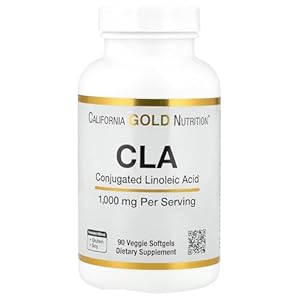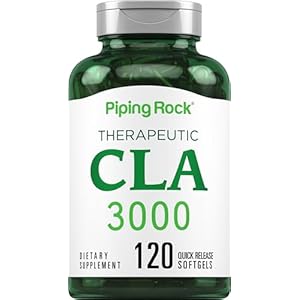
When navigating the aisles of the grocery store, have you ever found yourself puzzled by the array of information on food labels? Understanding those labels is like deciphering a nutritional puzzle that holds the key to making healthier choices. By unraveling serving sizes, nutritional breakdowns, and ingredient lists, you can unlock the secrets hidden within packaged foods. But there’s more to it than meets the eye; exploring how health claims play a role in your decision-making process might just surprise you. Keep exploring, and you’ll uncover a wealth of knowledge that can transform the way you view your food choices.
Importance of Food Label Reading
Understanding the significance of reading food labels is crucial for making informed dietary choices. By carefully examining food labels, you gain valuable insight into the nutritional content of the products you consume. This information empowers you to make healthier decisions regarding your diet.
When you read food labels, you can easily identify the ingredients present in the product. This allows you to avoid foods that may contain allergens or ingredients you prefer to limit in your diet, such as added sugars or artificial additives. Additionally, understanding the nutritional facts on food labels helps you monitor your intake of key nutrients like calories, fats, carbohydrates, and proteins.
Moreover, reading food labels enables you to compare different products and choose the ones that align with your dietary goals. Whether you’re looking to reduce your sugar intake, increase your fiber consumption, or simply make healthier choices overall, food labels provide the essential information you need to make well-informed decisions about the foods you eat.
Serving Size and Servings per Container
To make well-informed choices about your diet, a key aspect to consider on food labels is the serving size and servings per container. The serving size indicates the amount of food typically consumed in one sitting, and it’s crucial for understanding the nutritional content of the product. Pay attention to the serving size listed on the label, as it directly impacts the accuracy of the nutritional information you’re consuming.
Moreover, the servings per container tell you how many servings are in the entire package. This information is essential for accurately tracking your calorie and nutrient intake. Sometimes a container may look like a single serving but actually contains multiple servings, leading to consuming more calories than you realize.
Nutritional Information Breakdown
When analyzing food labels, break down the nutritional information to gain a clear understanding of the product’s contents. Start by focusing on the serving size and servings per container to ensure you’re aware of how much you’re consuming.
Next, look at the calories per serving to manage your calorie intake effectively. Check the total fat content, including saturated and trans fats, as well as cholesterol levels to monitor your heart health. Keep an eye on the sodium levels to regulate your salt intake and avoid excessive consumption.
Look for carbohydrates and fiber content, making sure to choose products with higher fiber and lower sugar content. Protein is essential for muscle repair and growth, so assess the protein amount in each serving. Lastly, review the vitamins and minerals listed to ensure you’re getting a well-rounded nutritional intake.
Ingredient List Decoding
Deciphering the ingredient list on food labels allows you to uncover the components that make up the product. The ingredients are listed in descending order by weight, with the primary ingredient appearing first.
Look for familiar, whole foods at the beginning of the list, such as fruits, vegetables, whole grains, and lean proteins. Be cautious of long lists with complex names that are hard to pronounce, as these could indicate highly processed foods with additives and preservatives.
Ingredients like sugar, high-fructose corn syrup, hydrogenated oils, and artificial colors should raise red flags. Opt for products with minimal ingredients and avoid those with a long list of additives.
Keep an eye out for allergens if you have food sensitivities. Understanding the ingredient list empowers you to make informed choices about the foods you consume, helping you prioritize whole, nutritious options over heavily processed alternatives.
Understanding Health Claims
Uncover the health claims on food labels to make informed decisions about the products you choose. Health claims on food packaging can be enticing, but it’s crucial to understand what they truly mean.
Phrases like ‘low fat,’ ‘all-natural,’ or ‘heart-healthy’ may catch your eye, but it’s essential to look beyond these buzzwords. When a product claims to be ‘low fat,’ check if it contains high amounts of sugar to compensate for flavor. Similarly, ‘all-natural’ doesn’t necessarily mean healthier; natural ingredients can still be high in calories or fats.
Familiarize yourself with the meaning of terms like ‘organic,’ ‘non-GMO,’ or ‘gluten-free’ to ensure you’re making choices aligned with your dietary preferences or restrictions. Keep in mind that health claims are regulated by the FDA, so products making specific health statements must meet certain criteria.
Diet & Sports Nutrition














